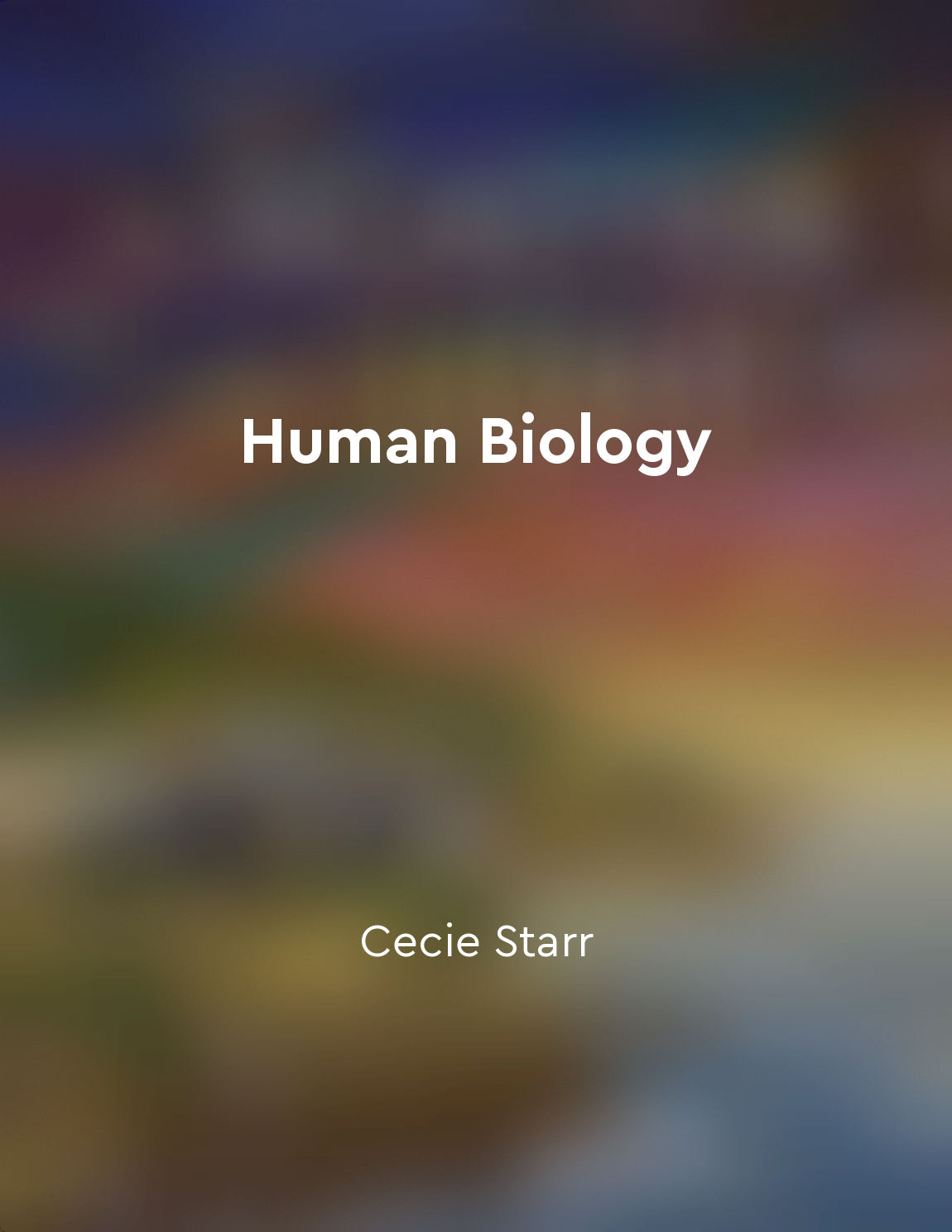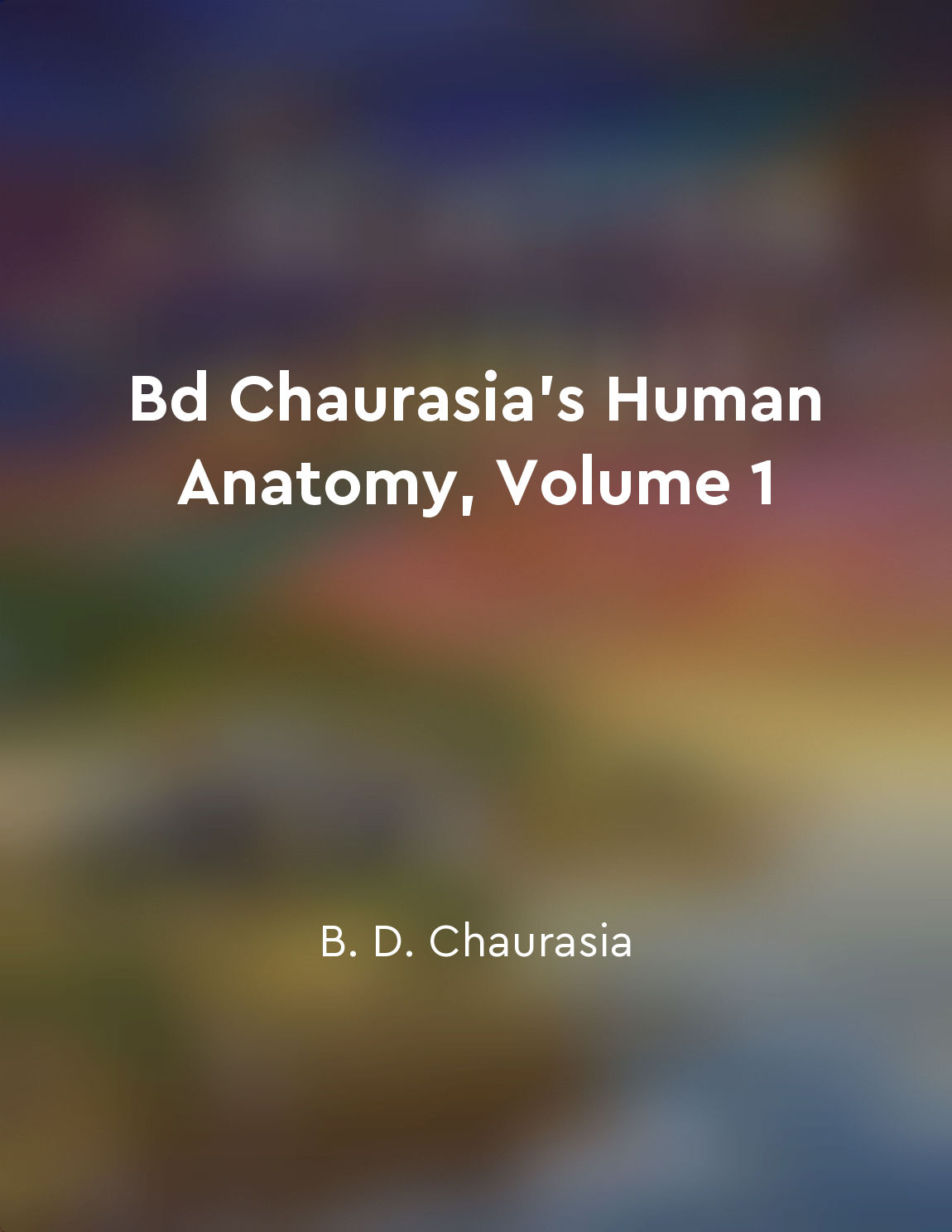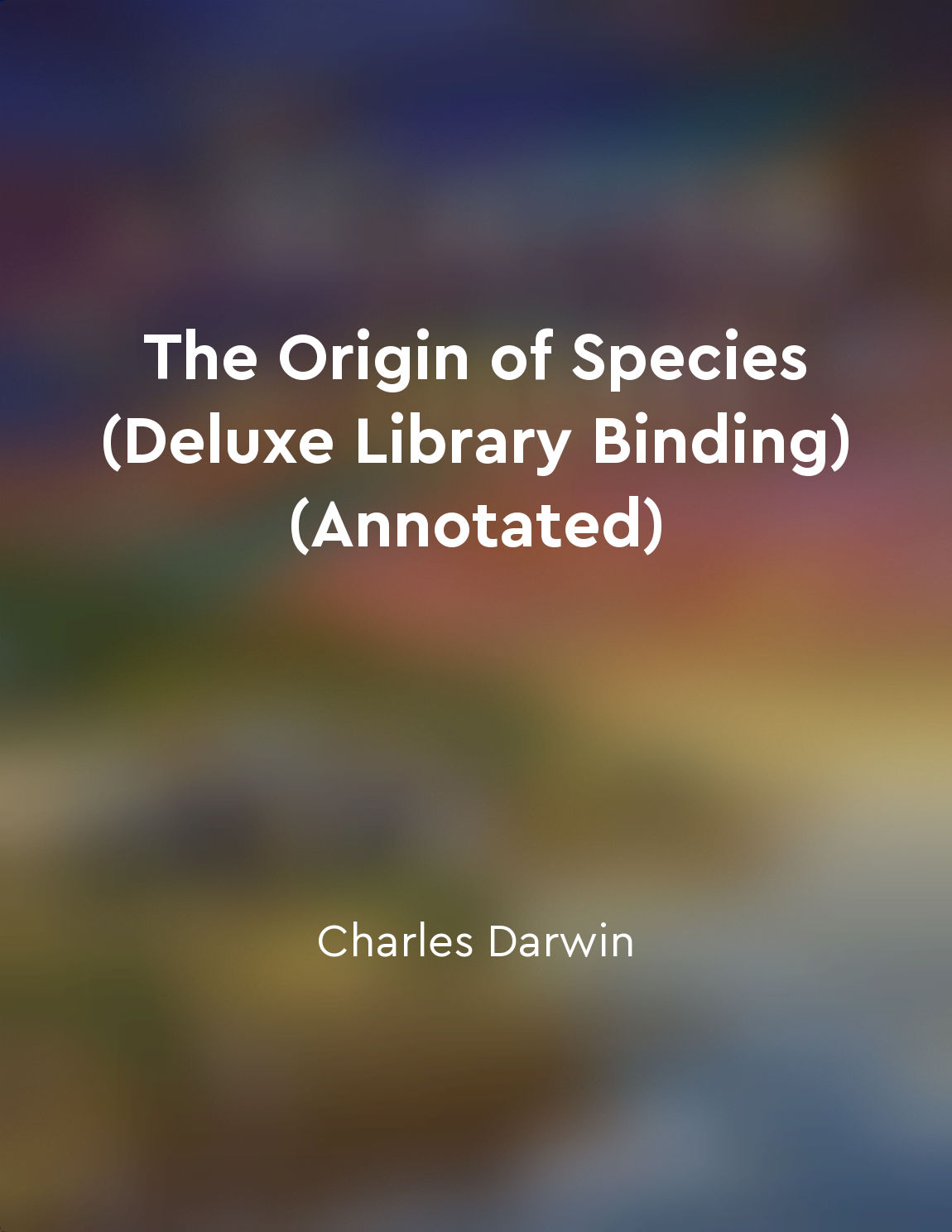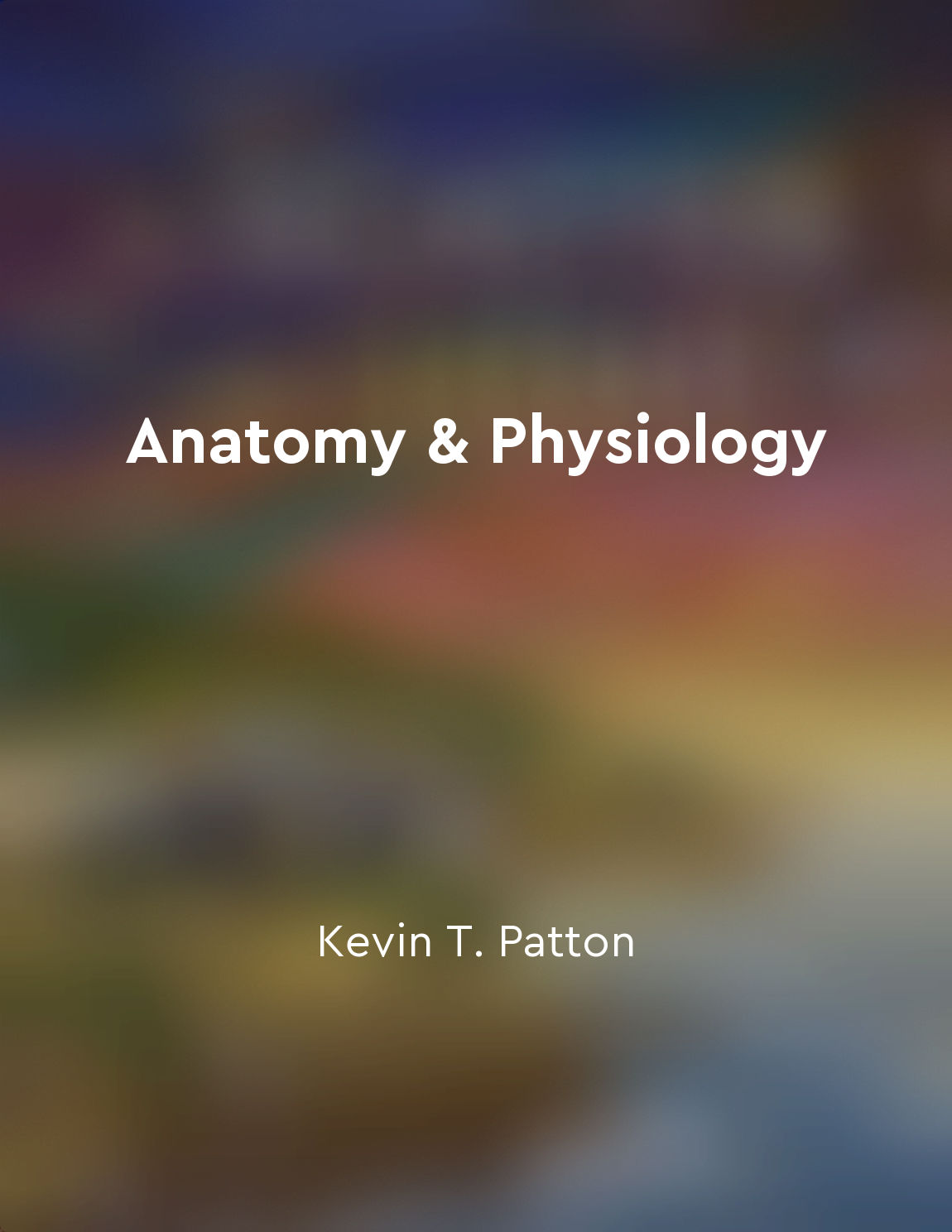Human anatomy reflects our evolutionary history from "summary" of Introduction to Physical Anthropology by Robert Jurmain,Lynn Kilgore,Wenda Trevathan,Russell L. Ciochon,Eric J. Bartelink
The human body is a remarkable product of evolution, with each part serving a specific purpose that has been shaped by millions of years of natural selection. When we examine the anatomy of humans, we can see clear evidence of our evolutionary history embedded within our bones, muscles, and organs. For example, our hands and feet show striking similarities to the limbs of other primates, such as chimpanzees and gorillas. The structure of our hands, with opposable thumbs and flexible fingers, is well-suited for grasping objects and manipulating tools - a trait that has been crucial for our survival and success as a species. Similarly, our feet have adapted for bipedal locomotion, with a distinctive arch and a robust big toe that helps propel us forward with each step. Our skeletal structure also provides clues to our evolutionary past. The shape of our spine, for instance, is ideally suited for upright posture and walking on two legs, a defining characteristic of hominins. Our skull, with its large brain capacity and forward-facing eyes, reflects our reliance on complex social interactions and visual acuity, traits that have been honed over millions of years of evolution. Even our internal organs bear the marks of our evolutionary history. The appendix, for example, is a vestigial organ that serves no apparent function in humans but may have been important for digesting plant material in our distant ancestors. Our teeth, with their distinctive patterns of cusps and ridges, reflect the types of foods that our ancestors consumed and the challenges they faced in obtaining nutrition.- The human body is a living record of our evolutionary journey, revealing the adaptations and compromises that have shaped us into the creatures we are today. By studying human anatomy through the lens of evolution, we can gain a deeper understanding of our past, present, and future as a species.
Similar Posts
Earth's climate has varied
The Earth's climate has been in a state of constant flux for billions of years. From the freezing depths of an ice age to the s...

The process of evolution drives changes in living organisms
Evolution is the driving force behind changes in living organisms. It is a process that occurs over time, leading to the develo...

Bones of thorax
The thorax is the part of the body between the neck and abdomen. It is protected by the thoracic cage, which consists mainly of...

Blood vessels supply nutrients and oxygen
Blood vessels play a crucial role in the human body by supplying essential nutrients and oxygen to various tissues and organs. ...
Intelligence and social behavior are advantageous traits
In the struggle for survival, intelligence and social behavior play a crucial role in determining which individuals are more li...

Diversity results from divergence over time
The gradual process of natural selection leads to the divergence of species over time. As individuals within a species face dif...
The scale of the universe
The universe is vast. It stretches out unimaginably far. Light from the most distant galaxies we can see has taken billions of ...
The complexity of life points to a divine creator
In our exploration of the wonders of the natural world, one cannot help but be struck by the incredible complexity of life. Fro...

Environmental factors influence survival rates
In the struggle for existence, the environment plays a crucial role in determining the survival rates of individuals within a s...

Blood vessels transport oxygen and nutrients to tissues
Blood vessels play a crucial role in the delivery of oxygen and nutrients to tissues throughout the body. These vessels form an...


